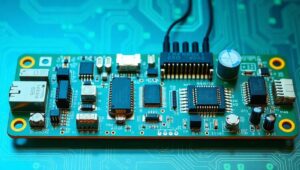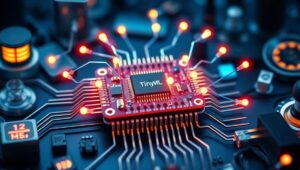May 31, 2025
Low-Power IoT Hardware Design Trends for 2026
Low-Power IoT Hardware Design Trends for 2026 The Internet of Things (IoT) is rapidly expanding, connecting billions of devices across various sectors, from smart homes to industrial automation. As we move towards 2026, the demand for low-power IoT hardware is becoming increasingly critical. This article explores the key trends shaping the design of energy-efficient IoT devices, enabling longer battery life and reduced operational costs. 1. Advanced Microcontroller Units (MCUs) MCUs are the brains of IoT devices, and advancements in their architecture are significantly impacting power consumption. Expect to see: Ultra-Low-Power Cores: MCUs based on ARM Cortex-M and RISC-V architectures are




